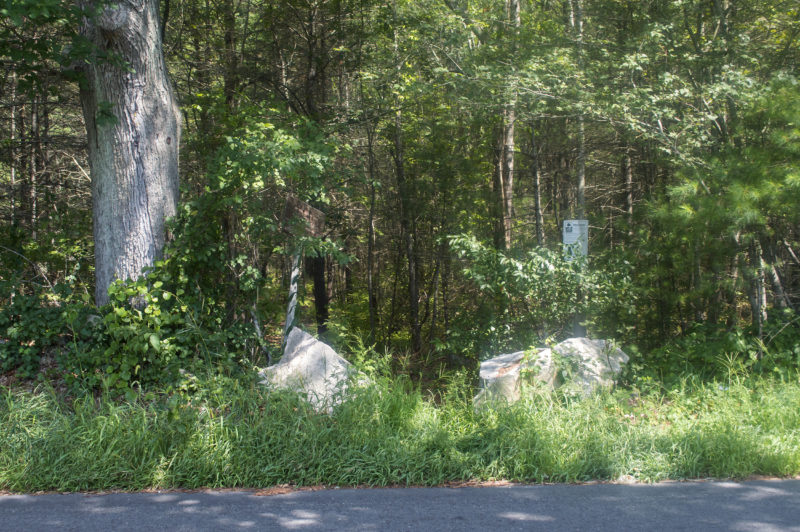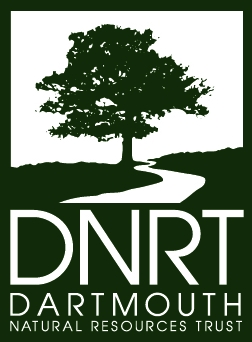Howland Reserve
Located among a network of protected woods, wetlands, and waters in the Hixville area of Dartmouth, Howland Reserve offers visitors a taste of the nearby Southeastern Massachusetts Bioreserve’s natural features without the vast size. Take a walk on the easy paths at this Dartmouth Natural Resources Trust property to the edge of the Copicut River and Cornell Pond.
Features

Hop on the short, scenic trails through the woods at Howland Reserve from two trailheads on North Hixville Road in Dartmouth.
Although Howland Reserve isn’t part of the Southeastern Massachusetts Bioreserve – a 13,600-acre patchwork of protected land in neighboring Fall River and Freetown – it provides a snapshot of the area’s habitats and scenery without having to trek deep into the woods. The property has a short but lovely trail system that winds past stone walls and through tall trees to the edge of the Copicut River. It’s a peaceful place that’s great for short walks with the dog, family, or on your own as a calming retreat.
Trails
The trails at Howland Reserve begin from two trailheads on North Hixville Road, which form a horseshoe shape with a few additional loops and offshoots. The entire trail network runs for about four-fifths of a mile and takes less than an hour to explore. (Download trail map)
We recommend you begin your walk at the reserve’s northern trailhead by the gas pipeline easement, where you can park along the opposite side of the road. Walk a short distance east along the easement, and then head south on the trail into the woods. To reach the river, take the first left off the main trail onto the yellow trail.
Habitats & Wildlife
Howland Reserve protects forests and wetlands along the Copicut River, which flows past this property from its beginnings in the Copicut Reservoir into Cornell Pond. From here, this waterway continues flowing south to Noquochoke Lake, the East Branch of the Westport River, and Buzzards Bay.
With such an extensive network of undisturbed forests and waterways – including Howland Reserve, the Bioreserve, and other nearby preserves like Ridge Hill Reserve – this area protects a special ecosystem for countless wildlife species. Keep an eye out for hawks, deer, and foxes, particularly in the pipeline clearing. In summer, wildflowers bloom along the river’s edge, while in autumn, the tall oaks turn orange and mushrooms peek up from the ground.

 Download Property Map
Download Property Map